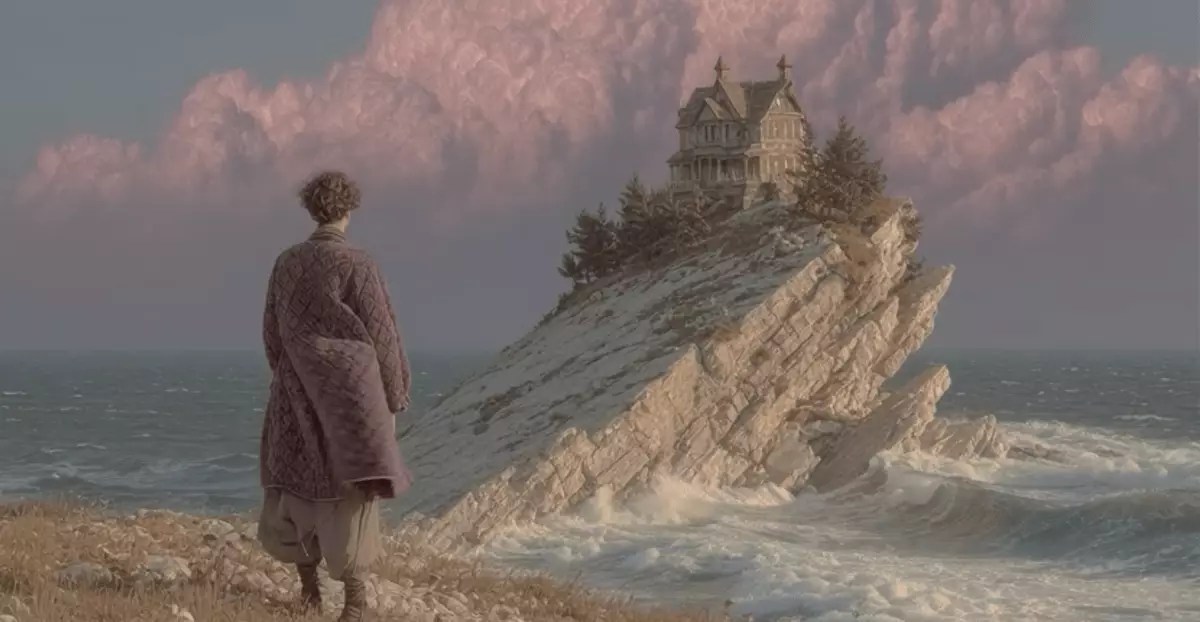With the dawn of artificial intelligence in creative processes, innovation seems to be taking quantum leaps. Midjourney has recently introduced its first version of a video generation model, a significant milestone that promises to redefine how creators animate their ideas. This development unveils not only the capability to bring still images to life through short video clips but also sets the stage for future enhancements that could transform the landscape of digital art and storytelling.
Utilizing a cutting-edge AI platform, users can animate images they upload or create directly in Midjourney. Following simplicity in design, the service offers an “animate” feature that allows creators to generate a 5-second video based on a text prompt. This hands-on approach invites users into a world where they can translate their artistic visions into moving visuals, reflecting a significant improvement over static imagery. For instance, by simply pressing the animate button after creating a desired graphic, a creator can conjure motion with minimal effort, relying on an underlying structure guided by AI-generated prompts.
User Empowerment Through Customization
One of the most compelling aspects of this tool is its emphasis on user input. The platform provides flexibility by allowing users to describe their desired motion dynamics, thereby fostering a more personalized and engaging creation process. This balance between automated assistance and manual direction is crucial; it offers users the best of both worlds, ensuring that while the AI handles technical intricacies, the artist’s unique touch remains intact.
Moreover, Midjourney enhances adaptability with features enabling users to extend animations. With the ability to increase the length of the animation up to 21 seconds, creatives can craft narratives that flow seamlessly. The introduction of varying motion settings—such as high or low motion configurations—further amplifies user control. These options allow artists to dictate whether a scene is panoramic or focused on character movements, tailoring the output according to narrative needs. It is a powerful step forward in democratizing video content creation.
The Business Model: Balancing Cost and Quality
While the tool’s capabilities are impressive, the economic implications cannot be overlooked. Midjourney adopts a subscription model that starts at $10 per month for 3.3 hours of GPU time, yet video generation comes with a notable cost increase. The pricing structure suggests a significant leap in expenses, approximately eight times that of static imaging. For video production, this could create a barrier for some independent creators and smaller studios, limiting access to such advanced technology. However, as the platform evolves, it may balance this cost through enhanced features and improved efficiency.
Midjourney’s move toward monetizing video production raises larger questions about the future of content creation in an increasingly automated world. Will the accessibility of such tools create a new class of digital artists, or will it consolidate creativity within established companies that can absorb the higher costs? This duality of opportunity and challenge sets the stage for intense debates about value, ownership, and the nature of creativity itself.
The Legal Quagmire: Copyright Complications
Amidst the excitement surrounding this innovation, Midjourney finds itself navigating turbulent waters as it faces legal challenges from industry giants like Disney and Universal. The lawsuit pivots around concerns that Midjourney’s technology may infringe upon existing copyrights, particularly as it begins to generate videos that could mimic protected content. This legal scrutiny is not uncommon in the realm of AI, where the lines separating inspiration from infringement can often blur.
The case raises essential discussions about the ethical ramifications of AI-generated content. As technology continues to blur the boundaries of creative ownership, it becomes imperative for platforms to innovate responsibly while respecting intellectual property. In response, Midjourney’s founding team, as highlighted by David Holz, frames their current endeavors as foundational steps toward more complex models capable of real-time simulations. This vision underscores an ambition to navigate these challenges while pushing the envelope of possibility.
The Competition: A Crowded Space
Midjourney is not alone in this burgeoning field; notable contenders like Google, OpenAI, and Meta have also ventured into AI video generation. Each has set out to carve its unique niche, promising captivating and innovative video outputs. However, Midjourney’s approach—grounded in artistic freedom and user-centric design—might give it the edge necessary to thrive in an increasingly competitive landscape. As various platforms innovate simultaneously, this could inspire rapid advancements that benefit users while heightening the stakes of providing more comprehensive creative tools.
As we stand on the precipice of a creative renaissance driven by AI, excitement and trepidation are inevitable. Midjourney’s initial foray into video generation heralds a future rich with potential, innovation, and complex questions about art, ownership, and technology. As creators begin to harness these tools, we may witness a profound shift in how stories are told and shared, ushering in an era of boundless creative expression.


Leave a Reply